mcre Media
Friday, December 26, 2025
3 Historic Topeka Buildings for Sale or Lease | 85,000 SF | Historic Tax Credits Approved
https://www.crexi.com/properties/1777659
785.383.9994
sent from mobile 📱
time kills deals
Thursday, December 25, 2025
785.383.9994
sent from mobile 📱
time kills deals
Eye of the Tiger
785.383.9994
sent from mobile 📱
time kills deals
Monday, December 22, 2025
Oppps
785.383.9994
sent from mobile 📱
time kills deals
Who is who
- Dorothy Bryan, Council President
- Tom Randles, Council Member
- Mark Benaka, Council Member
- Paul Harper, Council Member
- Tony Trower, Council Member [1]
785.383.9994
sent from mobile 📱
time kills deals
Fwd: When tinsel was toxic
785.383.9994
sent from mobile 📱
time kills deals
From: History Facts <hello@historyfacts.com>
Date: Mon, Dec 22, 2025, 5:16 AM
Subject: When tinsel was toxic
To: <mcre13@gmail.com>
Tinsel used to be made out of real metal. |
Science & Industry |
 |
| |
Tinsel made of tin-laminated brass or silver-plated copper began gracing Christmas trees in wealthy American homes in the late 19th century. At the turn of the 20th century, mass production drove the price down and made the decoration accessible to more households. Lyon, France, was a tinsel manufacturing powerhouse, but factories struggled to keep up with U.S. demand due to metal rationing during World War I. | |
Lead became a popular material for tinsel after a German company received a patent for lead tinsel in 1904, and American companies followed suit. (At the time, the United States was the world's largest producer and consumer of refined lead.) It remained popular for decades, so much so that tinsel was sometimes referred to as "lead icicles." Scientists already knew that lead could be toxic, but activism in the 1970s started drawing attention to the hazards the substance posed to children, and the FDA pulled lead tinsel from the market in 1972. Luckily, a Dow Chemical engineer had patented an iridescent plastic tinsel in 1969, so a replacement was already waiting in the wings. |
 | ||||||||||||||
By the Numbers | ||||||||||||||
| ||||||||||||||
| ||||||||||||||
 | ||||||||||||||
| ||||||||||||||
The earliest fake Christmas trees were made from goose feathers. | ||||||||||||||
The modern Christmas tree originated in Germany, where people have been decorating them since at least the 18th century. But many Germans were also concerned about deforestation, so in the 19th century, craftspeople started dyeing goosefeathers green and attaching them to wires to make facsimiles of Christmas trees. Eventually, as with real Christmas trees, German immigrants brought the artificial tree tradition to the United States. | ||||||||||||||
Thank you for supporting our advertisers! |
 | |||
Recommended Reading | |||
 | |||
Science & Industry | |||
| |||
 | |||
Arts & Culture | |||
| |||
| + Load more | |||
| |||||||||||||||||||||||||||||||||||||||||||||||||||||||
| ||||
| |||||||||
| Contact us | |||||||||
| Privacy Policy | |||||||||
| Terms of Use | |||||||||
| Do Not Sell My Info | |||||||||
Copyright © 2025 History Facts. All rights reserved. | |||||||||
| 325 North LaSalle Street, Suite 200, Chicago, IL 60654 | |||||||||
|
Focus
785.383.9994
sent from mobile 📱
time kills deals
Topeka Airport Authority Resolves Long-Standing Lease Dispute with $1.8 Million Settlement
The Metropolitan Topeka Airport Authority (MTAA) has reached a settlement in a multi-year lease dispute involving Building 281 at Topeka Regional Airport, agreeing to purchase the leasehold interest from the Rural Development Corporation (RDC) for $1.8 million, according to internal documents.The dispute originated from a 2016 lease agreement for the property at 650 SE Airport Drive West, which was set to expire on July 31, 2026. Conflicts arose over the operative version of the lease and whether it granted RDC renewal options beyond the initial term. This led to litigation initiated by MTAA in 2019 in Shawnee County District Court (Case No. 2019-CV-000816), where MTAA sought declaratory relief and potential reformation of the contract. RDC filed counterclaims alleging breach, unjust enrichment, and fraud.After years of legal proceedings and associated costs, the parties opted for a compromise resolution. A Settlement and Mutual Release Agreement, effective July 17, 2025, ended the litigation without admissions of liability.Under the agreement, MTAA committed to paying RDC $1.8 million in two installments of $900,000 each. The first payment was due at closing, which occurred no later than September 30, 2025, along with transfer of possession and dismissal of the lawsuit with prejudice. The second installment is due by December 31, 2025.Key provisions include:
- RDC vacating the property in broom-clean condition and transferring certain personal property (such as furniture and cubicles) "as is."
- Contingencies for property inspections and repairs, including certification of the sprinkler system.
- Mutual releases of all claims related to the lease and lawsuit, with each party bearing its own legal fees.
785.383.9994
sent from mobile 📱
time kills deals










